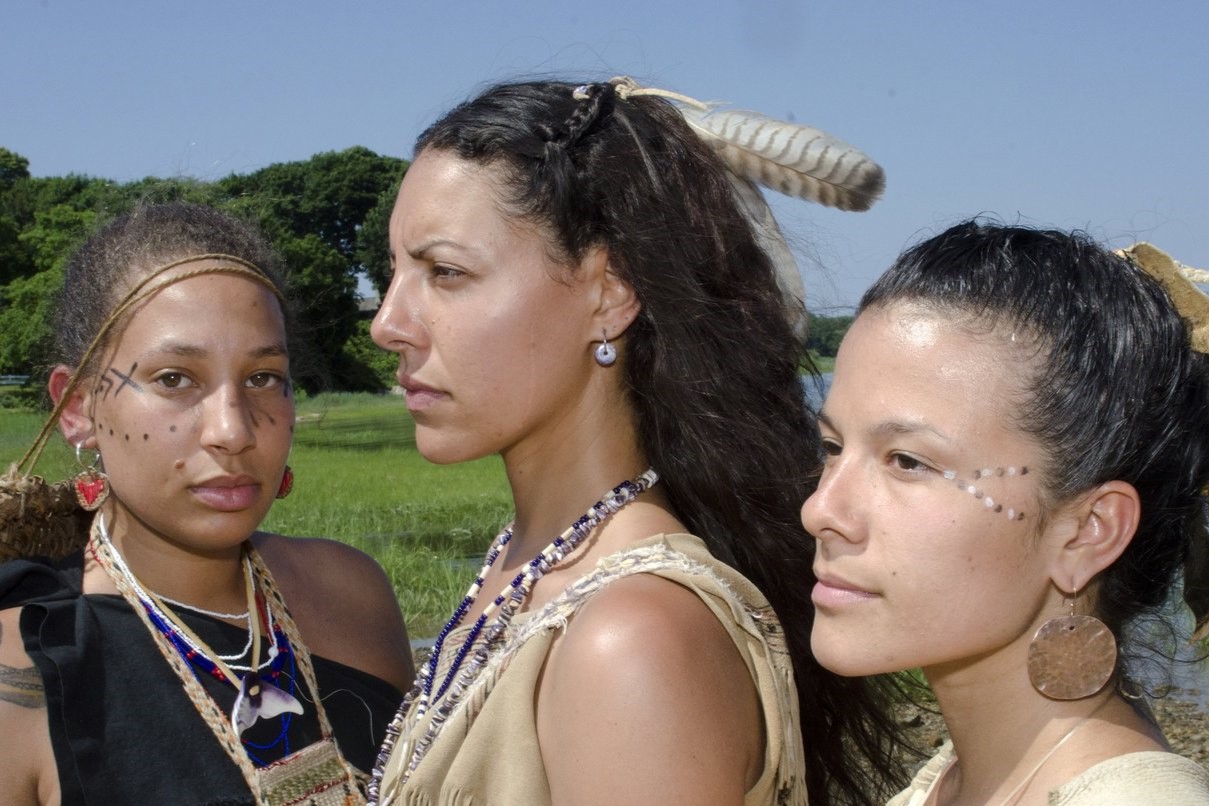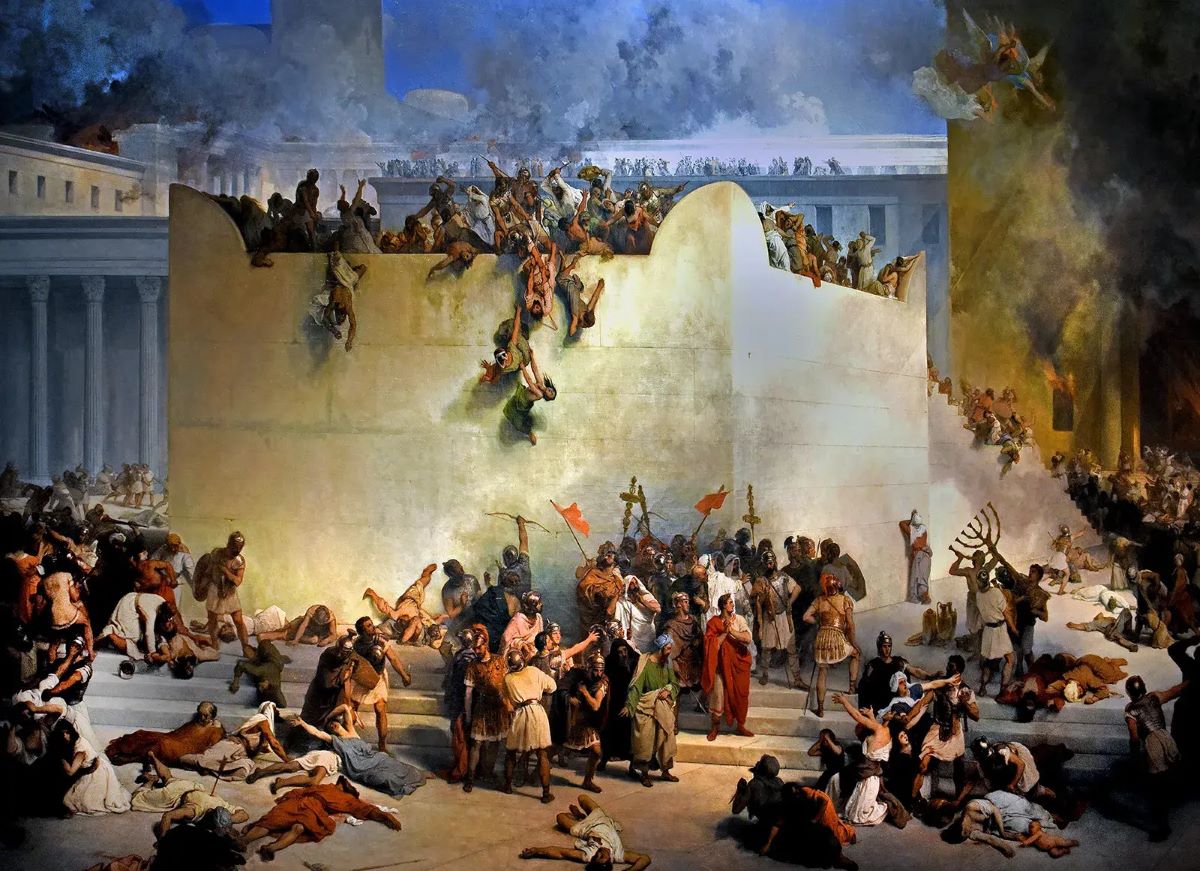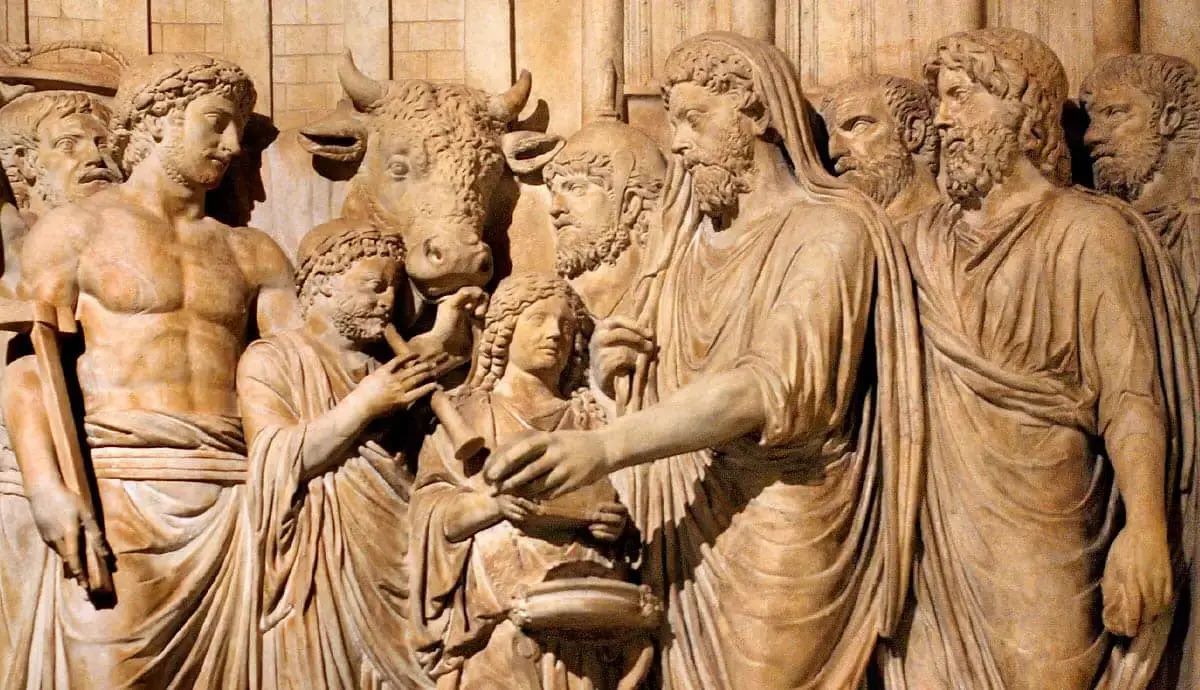
Who were the Wampanoag Tribe? The Wampanoag Tribe, also known as the "People of the First Light," were native inhabitants of what is now Massachusetts and Rhode Island. They played a crucial role in early American history, especially during the first Thanksgiving with the Pilgrims. Did you know that the Wampanoag were skilled farmers, hunters, and fishers? They cultivated crops like corn, beans, and squash, which they called the "Three Sisters." Their society was matrilineal, meaning lineage was traced through the mother. Ever wondered about their language? They spoke Wôpanâak, which is being revived today. Intrigued yet? Let's dive into 14 fascinating facts about the Wampanoag Tribe that will give you a deeper understanding of their rich culture and history.
Who Are the Wampanoag?
The Wampanoag are a Native American tribe from the northeastern United States. They have a rich history and culture that has significantly influenced the region.
-
The Wampanoag people have lived in what is now Massachusetts and Rhode Island for over 12,000 years.
-
The name "Wampanoag" means "People of the First Light," reflecting their location in the eastern part of the country where the sun rises first.
Wampanoag Society and Culture
Understanding the Wampanoag way of life gives insight into their social structure, traditions, and daily activities.
-
Wampanoag society was matrilineal, meaning lineage and inheritance were traced through the mother’s line.
-
They lived in wetus, dome-shaped homes made from wooden frames covered with bark or reed mats.
-
The Wampanoag were skilled farmers, growing crops like corn, beans, and squash, known as the "Three Sisters."
-
Fishing and hunting were also crucial for their sustenance, with men typically responsible for these activities.
Wampanoag Language and Communication
Language plays a vital role in preserving culture and history. The Wampanoag language is no exception.
-
The Wampanoag language, Wôpanâak, is part of the Algonquian language family.
-
Efforts to revive the Wampanoag language have been successful, with the Wôpanâak Language Reclamation Project teaching new generations to speak it.
Wampanoag Spiritual Beliefs
Spirituality deeply influences the Wampanoag's worldview and practices.
-
The Wampanoag believed in a Great Spirit called Kiehtan, who created the world and everything in it.
-
They held ceremonies and rituals to honor the spirits of nature, including the sun, moon, and animals.
The Wampanoag and the Pilgrims
The Wampanoag played a crucial role in the early history of the United States, particularly in their interactions with the Pilgrims.
-
In 1621, the Wampanoag and the Pilgrims celebrated what is now considered the first Thanksgiving.
-
Squanto, a member of the Wampanoag tribe, helped the Pilgrims survive by teaching them vital agricultural techniques.
Modern Wampanoag Community
Today, the Wampanoag continue to preserve their heritage while adapting to contemporary life.
-
The Wampanoag Tribe of Gay Head (Aquinnah) and the Mashpee Wampanoag Tribe are federally recognized tribes.
-
They actively participate in cultural preservation, education, and political advocacy to maintain their traditions and rights.
Reflecting on the Wampanoag Tribe
The Wampanoag Tribe holds a significant place in American history. Their rich culture, traditions, and resilience have shaped their identity for centuries. From their role in the first Thanksgiving to their contributions in agriculture and governance, the Wampanoag people have left an indelible mark. Understanding their history helps us appreciate the depth of their heritage and the challenges they've faced.
Their story is one of survival, adaptation, and strength. By learning about the Wampanoag, we gain insight into the broader narrative of Native American history. This knowledge fosters respect and recognition for their enduring legacy. So next time you think about early American history, remember the Wampanoag Tribe and their invaluable contributions. Their legacy continues to inspire and educate, reminding us of the diverse roots that make up our shared history.
Was this page helpful?
Our commitment to delivering trustworthy and engaging content is at the heart of what we do. Each fact on our site is contributed by real users like you, bringing a wealth of diverse insights and information. To ensure the highest standards of accuracy and reliability, our dedicated editors meticulously review each submission. This process guarantees that the facts we share are not only fascinating but also credible. Trust in our commitment to quality and authenticity as you explore and learn with us.


